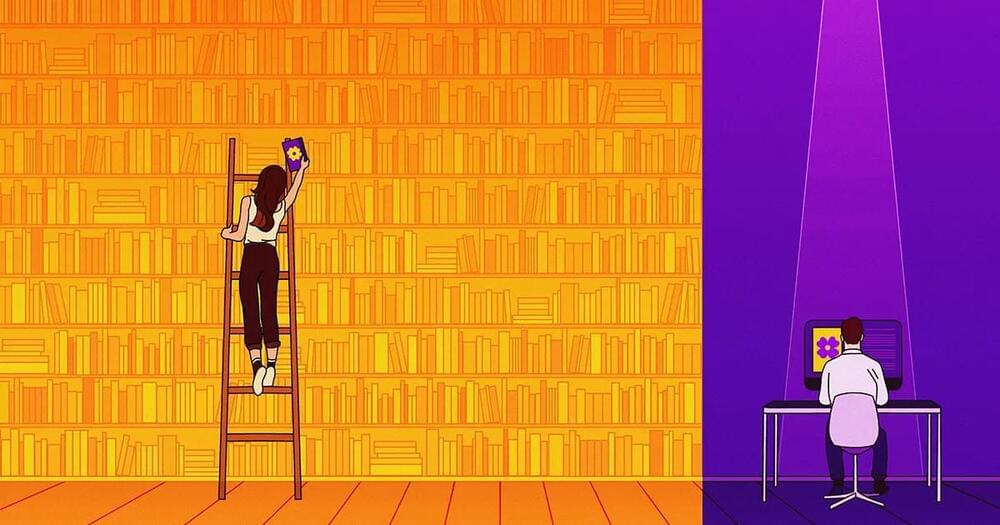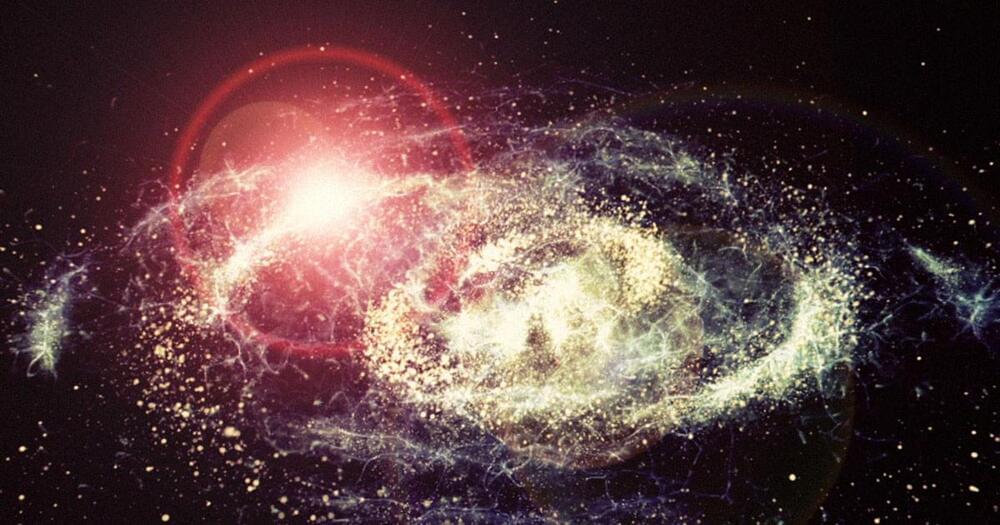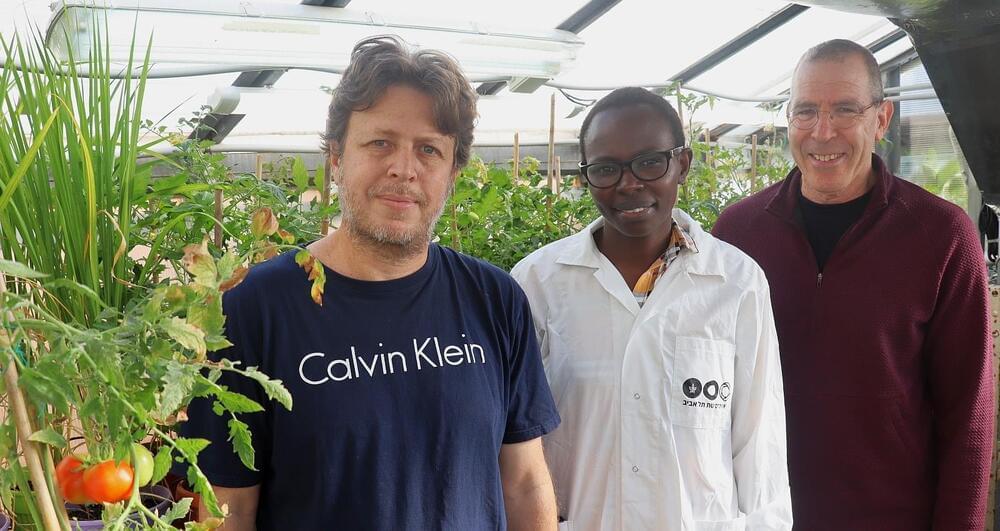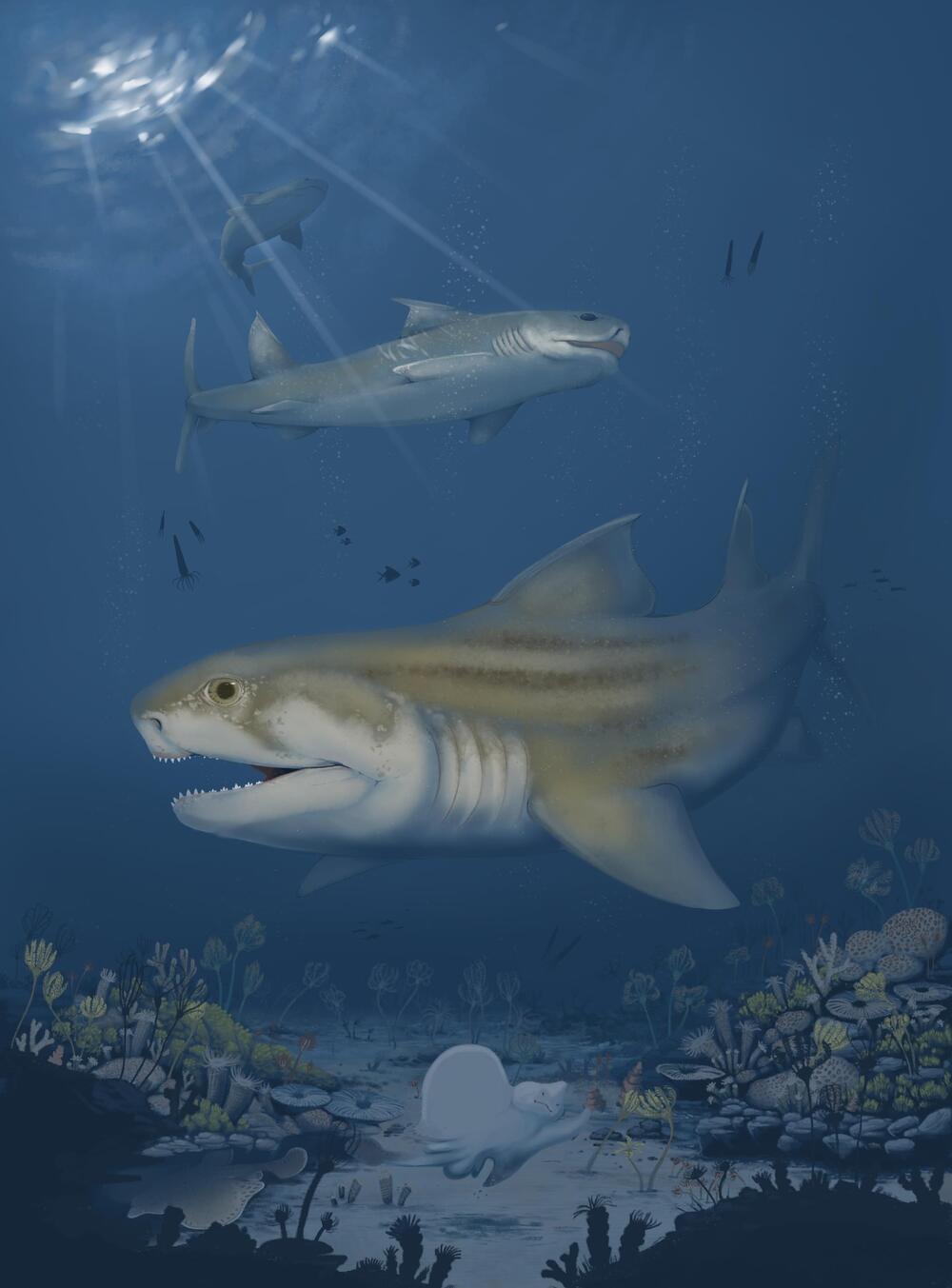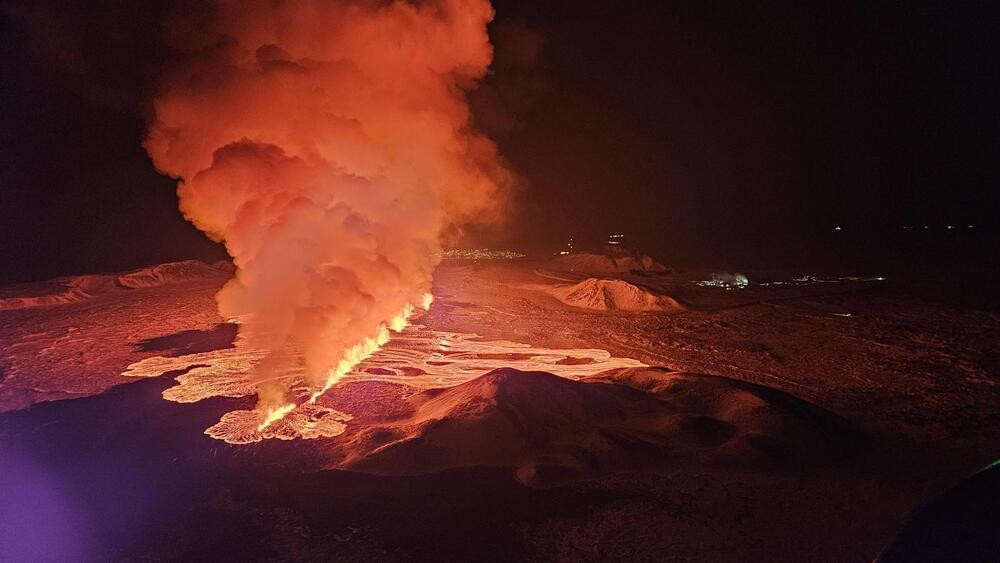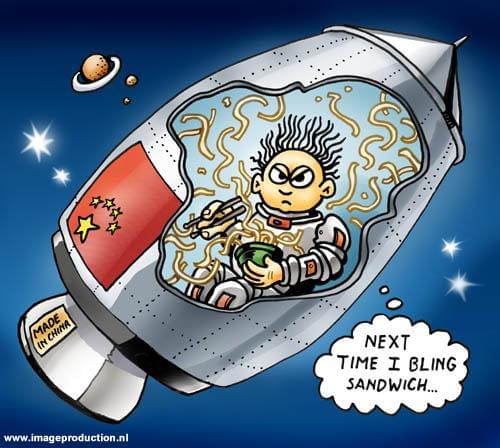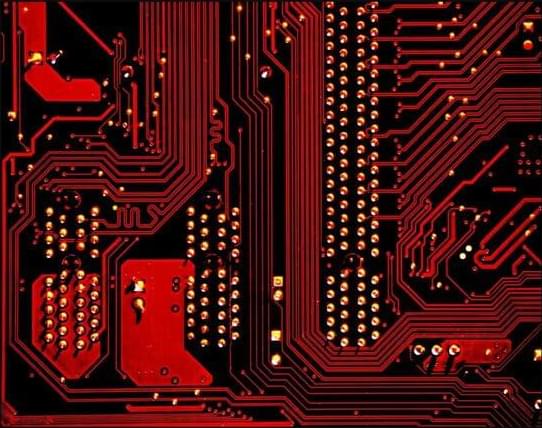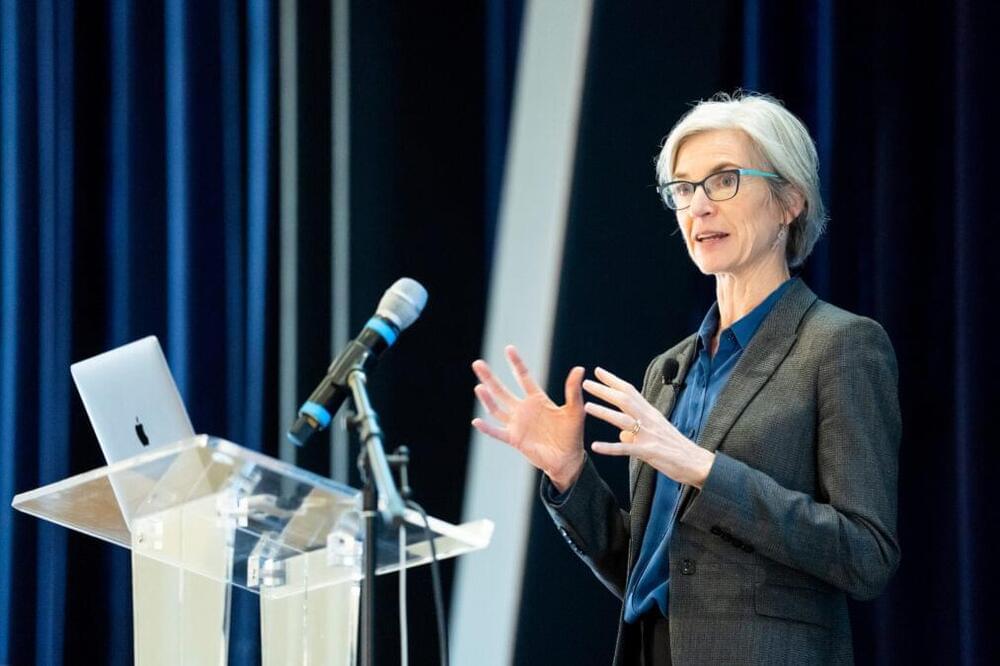Seventy years after the invention of a data structure called a hash table, theoreticians have found the most efficient possible configuration for it.
Even if they were dozens of light-years away, two colliding neutron stars could create a powerful enough explosion to wipe out life on Earth.
At least, that’s according to a recent paper published in The Astrophysical Journal, in which a team of researchers concluded that a kilonova could pose a major threat to Earth-like planets, even at formidable interstellar distances.
A kilonova is usually the result of a collision involving two neutron stars within a binary system, or when a neutron star and a black hole merge. These collisions release brain-melting amounts of electromagnetic radiation in the form of gamma-ray bursts.
Climate change and increasingly extreme weather conditions are predicted to wreak havoc with humanity’s food security. But hopefully, at least tomatoes will stay safe.
Researchers from Tel Aviv University have succeeded in cultivating tomato varieties that consume less water as they grow without compromising on yield, quality or taste, using CRISPR genome editing technology.
Their study, which contributes to growing efforts to ensure food security in a world of diminishing freshwater resources, was recently published in the journal PNAS.
The ‘active predators’ prowled the oceans more than 325 million years ago, before the time of Pangea.
The new eruption marks the third time a volcano has erupted in the same region of Iceland in the past three months.
A magnitude 5.7 earthquake struck the world’s largest active volcano on Friday — Mauna Loa on the Big Island of Hawaii — knocking items off shelves and cutting power in a nearby town but not immediately prompting reports of serious damage.
The earthquake, which didn’t cause a tsunami and which the U.S. Geological Survey initially reported as magnitude 6.3, was centered on Mauna Loa’s southern flank at a depth of 23 miles, 1.3 miles southwest of Pahala.
By illustrator, tagged space, comic, cartoon, character, china, chinese, guy, noodles, problem, rocket, nudeln, rakete„ raumschiff, rakete, raumshuttle, astronaut, china, sprache, kultur, raumfahrt, weltall, weltraum, universum, akzent, nudeln, kultur, chinapfanne, essen, nahrung, lebensmittel, schwerkraft, schwerelos, sandwich — Category Education & Tech — rated 3.50 / 5.
Discover how BMW and Toyota are accelerating the shift to hydrogen-powered vehicles, revolutionizing the automotive industry.
Understand the differences and harness the power of AI effectively. Explore more at MINDSTREAM NEWS LIMITED and enhance your AI knowledge and skills.
Nobel laureate details new applications at Kuh Distinguished Lecture.
Jennifer Doudna, Nobel laureate and Li Ka Shing Chancellor’s Chair and Professor in the Departments of Chemistry and of Molecular and Cell Biology, presented this year’s Ernest S. Kuh Distinguished Lecture, “Delivering the Future of CRISPR-Based Genome Editing,” on February 2 at UC Berkeley. The sold-out event — produced by Berkeley Engineering in collaboration with the Society of Women Engineers — marks the 11th talk in the lecture series, which features scientists and engineers tackling the world’s most pressing problems.
Doudna is known for developing CRISPR-Cas9, a groundbreaking technology that some call “genetic scissors.” With it, scientists can snip and edit DNA — the genetic code of life — unlocking remarkable possibilities in biology, including treatments for thousands of intractable diseases. This work has changed the course of genomics research, allowing scientists to rewrite DNA with unprecedented precision, and won Doudna and collaborator Emmanuelle Charpentier the 2020 Nobel Prize in Chemistry.
